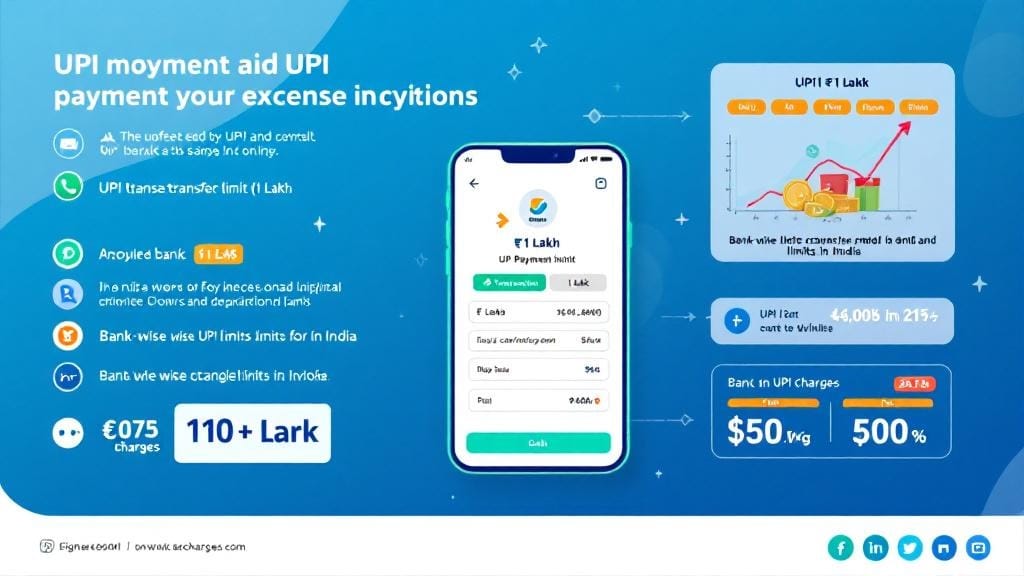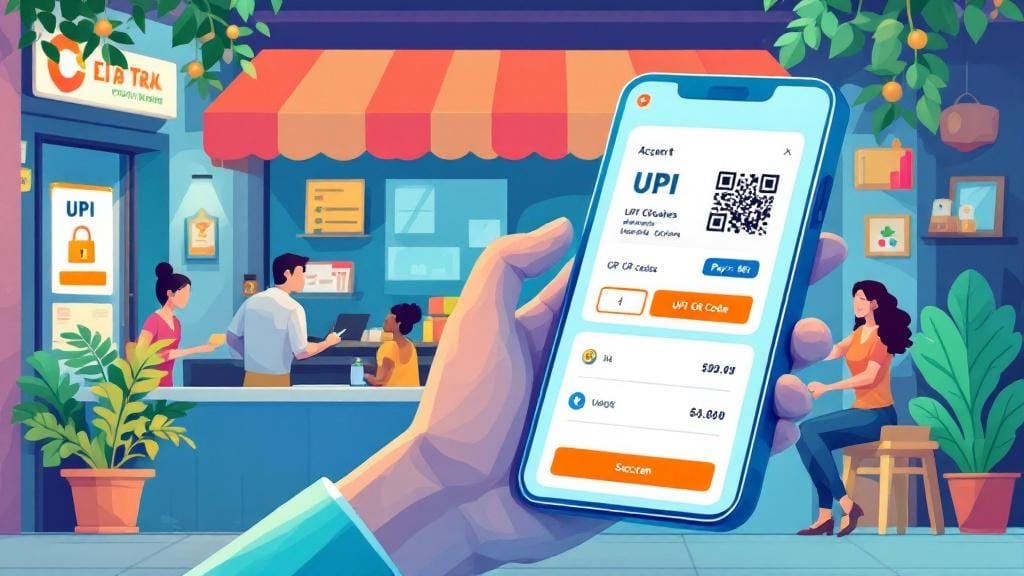Grocery shopping is something we all do regularly, but it’s easy to overlook how much we can save with a little planning and strategy. Whether you’re a single person, a busy family, or living on a tight budget, there are plenty of ways to cut down on your grocery bill without sacrificing the quality of your meals. In this post, we’ll share practical, budget-friendly tips to help you make your grocery shopping more affordable. By following these budget tips for grocery shopping, you’ll stretch your dollars further while still enjoying nutritious meals.
Why Grocery Shopping on a Budget Matters
Before we dive into the specific tips, let’s first discuss why it’s so important to shop for groceries on a budget. Groceries are often one of the largest monthly expenses for families and individuals. In fact, according to the USDA, the average American family spends about 10–15% of their income on food. By budgeting for groceries, you can reduce unnecessary spending, avoid waste, and free up money for other important things.
When it comes to saving money on groceries, it’s not about eating less or buying cheaper products. It’s about shopping smarter. So, let’s explore how you can make your grocery shopping both affordable and healthy without compromising on quality.
1. Meal Planning: The Key to Saving Money
One of the most powerful tools in your grocery shopping toolkit is meal planning. When you plan your meals for the week ahead, you’re more likely to buy only what you need, avoid impulse purchases, and reduce food waste. Here’s how to get started:
How to Plan Meals for Savings:
Write Down Your Meals: Create a meal plan for the entire week. Include breakfast, lunch, dinner, and snacks. If you’re new to meal planning, keep it simple with easy-to-make meals.
Stick to Your List: Once you’ve planned your meals, make a grocery list based on the ingredients you need. This helps prevent overbuying and ensures you don’t forget anything important.
Use Leftovers: Incorporate leftovers into your plan. For example, if you make a big batch of soup or stew, plan to use it for lunch the next day.
Example: A simple meal plan might include oatmeal and fruit for breakfast, sandwiches for lunch, and a stir-fry with rice and veggies for dinner. This strategy saves both time and money, especially if you can use the same ingredients for multiple meals.
2. Use Coupons and Discounts
Couponing is not just for extreme shoppers on TV shows—it’s an effective way to save money on groceries. Many grocery stores offer discounts, promotions, and coupons, and with a little effort, you can find great deals.
Where to Find Grocery Coupons:
Grocery Store Apps: Many stores have apps that offer exclusive discounts and coupons. Make sure to download your store’s app and check for any promotions before you go shopping.
Coupon Websites: Websites like Coupons.com or RetailMeNot often list printable and digital coupons for grocery items.
In-Store Promotions: Look for flyers or special in-store discounts. Some stores offer loyalty programs that give you access to members-only deals.
Real-Life Tip: Combine store sales with coupons for even greater savings. For example, if your local store has a sale on pasta and you also have a coupon for that brand, you can stack the discounts.
3. Buying in Bulk: Save More Per Unit
When you buy bulk groceries, you’re often paying less per unit. This is especially beneficial for non-perishable items like rice, pasta, canned goods, or frozen vegetables. Bulk buying not only saves you money but also reduces the number of trips you need to make to the store.
How to Buy in Bulk Smartly:
Focus on Staples: Items like grains, flour, sugar, and canned goods have long shelf lives and are typically much cheaper when bought in bulk.
Consider Storage: Make sure you have enough storage space at home before buying large quantities. For example, bulk rice and pasta can be stored in airtight containers for months.
Share with Family or Friends: If you can’t use up a bulk purchase by yourself, consider sharing with others to split the cost.
Example: Buying a large bag of rice may cost more upfront, but it will last you for months, making it far cheaper in the long run.
4. Seasonal Grocery Shopping: Save Money and Eat Fresh
Buying seasonal produce is a great way to save money while enjoying fresh, healthy food. Seasonal items are typically cheaper because they’re in abundance, and the quality is often better than out-of-season alternatives.
Why Seasonal Shopping Saves Money:
Lower Prices: Farmers have a surplus of seasonal produce, which drives the price down.
Better Taste: Seasonal fruits and vegetables are often fresher and taste better since they don’t have to be shipped from far distances.
Less Waste: When produce is in season, it’s more likely to be consumed quickly, reducing the chances of it spoiling before you can use it.
Real-Life Example: In the summer, fruits like strawberries, peaches, and watermelon are plentiful and much cheaper than in the winter months. Similarly, root vegetables like carrots and potatoes are abundant in the fall.
5. How to Reduce Grocery Bills Without Compromising Quality
It’s possible to save money on groceries without buying cheap, low-quality products. Here are a few tips on how to do so:
Smart Shopping Tips:
Buy Store Brands: Most grocery stores offer their own brands of products, which are often just as good as name-brand items but at a much lower price.
Avoid Pre-Cut or Pre-Packaged Items: Pre-sliced fruits, pre-washed veggies, or pre-cooked meals are convenient but often come with a higher price tag. Opt for whole fruits and vegetables and cut them yourself.
Limit Processed Foods: Processed foods can be more expensive and less healthy. Try to make meals from scratch whenever possible.
Example: Instead of buying pre-cut veggies for a salad, buy a whole cucumber and a head of lettuce. It’s cheaper, and you’ll get more for your money.
6. Grocery Store Price Comparison: Shop Around for Better Deals
Not all grocery stores are created equal, and prices can vary significantly from one place to another. Comparing prices at different stores can help you find the best deals, even for the same items.
How to Compare Grocery Prices:
Make Use of Price Apps: Use apps like Flipp, Basket, or even Google Shopping to compare prices at different stores.
Know the Price Per Unit: When comparing items, check the price per unit (e.g., per ounce, per gram) to see which size or brand offers the best value.
Consider Discount Stores: Discount stores or warehouse clubs like Costco or Aldi often offer better prices on bulk goods or staple items.
Real-Life Example: If you’re buying rice, compare the cost per pound at different stores. You might find that a larger bag at a warehouse store is much cheaper than smaller bags at your local supermarket.
7. How to Avoid Impulse Buys
Impulse buying is one of the biggest challenges when shopping for groceries. Those items that end up in your cart without you planning to buy them can quickly add up.
Tips to Avoid Impulse Buys:
Stick to Your List: A well-planned shopping list is your best defense against impulse buys. If it’s not on the list, don’t buy it.
Avoid Shopping When Hungry: Shopping on an empty stomach makes you more likely to grab unnecessary snacks or indulgent items. Eat before you go to the store.
Set a Budget: Before you enter the store, decide on a spending limit and stick to it.
Example: If you find yourself eyeing those expensive pre-packaged snacks at the checkout line, remind yourself that they weren’t on your list and that they’ll push you over budget.
FAQs: Budget Tips for Grocery Shopping
1. How can I create a budget-friendly grocery list?
To create a budget-friendly grocery list, start by meal planning for the week. Use simple, cost-effective recipes and focus on buying ingredients that you can use in multiple meals. Stick to the basics like rice, beans, vegetables, and grains to save money.
2. What are the best cheap grocery shopping tips?
Some of the best tips include buying in bulk, shopping for seasonal produce, using coupons, and opting for store brands instead of name brands. Don’t forget to compare prices at different stores.
3. How can I save money on groceries for my family?
For families, planning meals around inexpensive ingredients like pasta, beans, and vegetables can be a game-changer. Buy in bulk, use coupons, and always stick to your shopping list to avoid unnecessary purchases.
4. How do I reduce grocery bills without compromising on health?
Focus on purchasing whole foods, buying in season, and making meals from scratch instead of relying on expensive processed foods. This way, you’re getting nutritious meals at a fraction of the cost.
5. Are there ways to save on groceries without using coupons?
Yes! You can save money by planning your meals, buying in bulk, choosing store brands, and shopping at discount grocery stores. Price comparison and avoiding impulse buys are also key strategies.
6. How can meal planning help reduce grocery bills?
Meal planning ensures that you buy only what you need, preventing overbuying and food waste. It also








Comments (0)